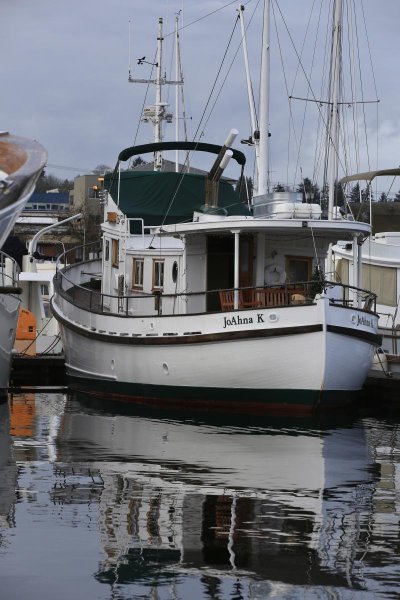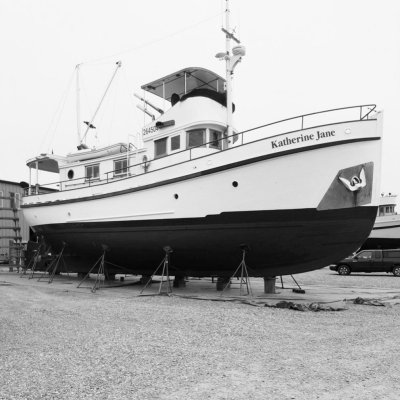DaveGibson
Veteran Member
- Joined
- Mar 17, 2013
- Messages
- 53
- Location
- USA
- Vessel Name
- Drift Away
- Vessel Make
- 46' Cheoy Lee LRC trawler
Tankage. You want a range of 4,000 miles, both water and fuel.
Stabilizers. They'll smooth out the ride considerably. I can't imagine owning a trawler without them. The nicest feature on my 46 footer.
Two helm stations- one inside.
Electronics. Don't skimp here. Get the latest and the best.
Twin engines. And never run on only one to "save" the other or lower operating costs. If you can't afford to run twins, get a sailboat.
Stabilizers. They'll smooth out the ride considerably. I can't imagine owning a trawler without them. The nicest feature on my 46 footer.
Two helm stations- one inside.
Electronics. Don't skimp here. Get the latest and the best.
Twin engines. And never run on only one to "save" the other or lower operating costs. If you can't afford to run twins, get a sailboat.




